DARK SHADOWS: A Soap Opera Drenched in Gothic Atmosphere
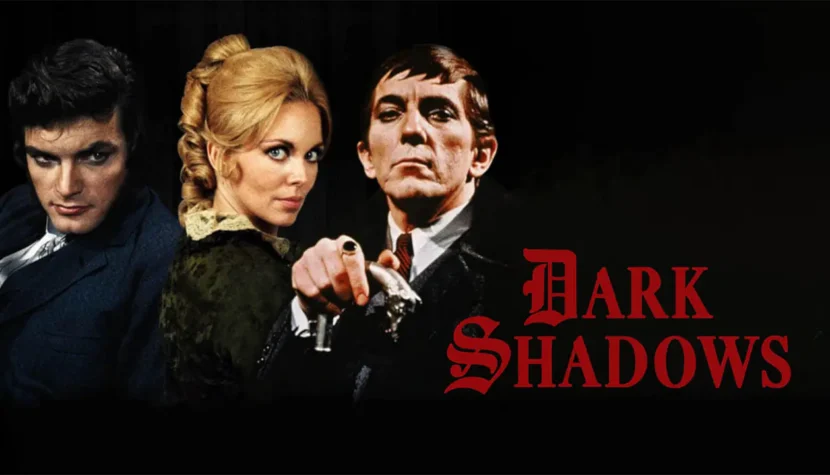
American Horror Story has been enjoying major success in the United States. It struck what seemed like a remarkably fresh idea—what if we combined a soap opera with full-blooded horror? Unfortunately, few remember that this concept had already fully taken shape years ago, in a somewhat forgotten but solidly cult-followed series: Dark Shadows. The name may rightly ring a bell with you thanks to a film by Tim Burton. The American director decided, in his own style, to revitalize the story of Victoria Winters—an orphaned girl who arrives in the sleepy town of Collinsport, Maine, where she is to meet the mysterious Collins family and its most intriguing member—Barnabas—who is a genuine vampire.
Dark Shadows was born in the mind of renowned horror creator Dan Curtis, in a way inspired by a classic horror film. One night, he dreamed of a mysterious girl riding a train. And that is exactly how the first episode of the series begins, which aired in June 1966. It is important to remember that the mid-1960s were a key period for classic gothic horror, and Curtis’s series would never have come to be were it not for the work of the legendary British film studio Hammer.
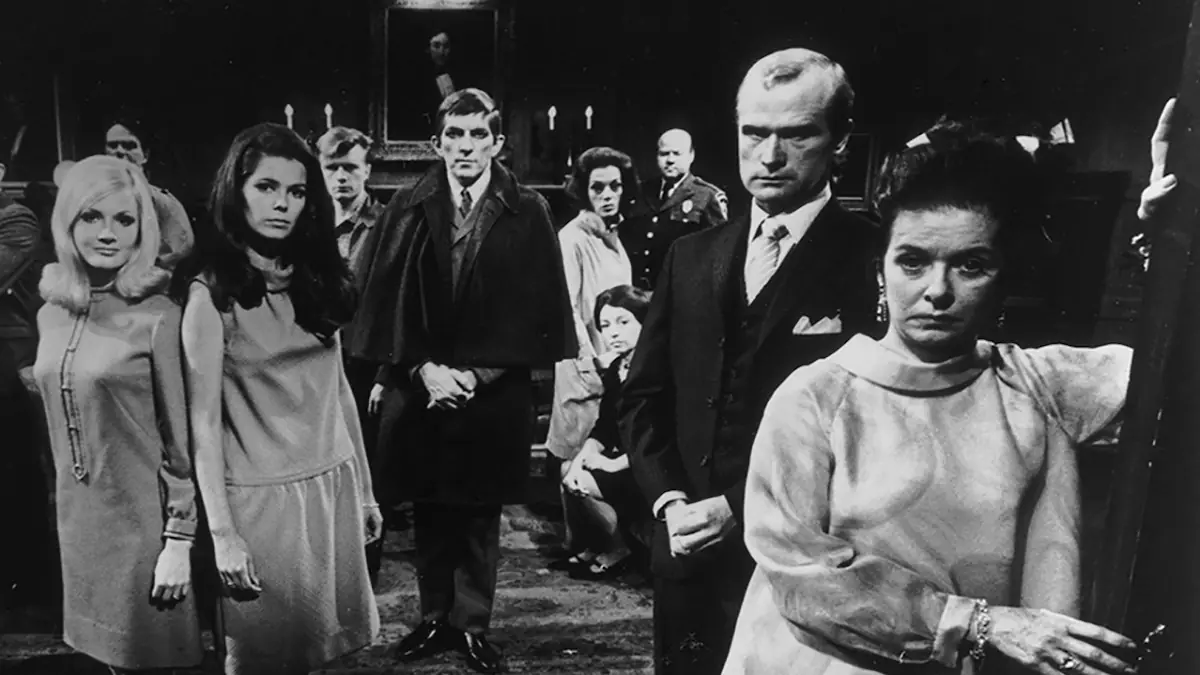
By the mid-1950s, audiences were already growing weary of the repetitive science-fiction imagery saturating cinemas. Echoes of the recently ended war, fear of atomic energy, murderous aliens, mutated insects—these themes ruled the screens. People focused their dormant fears on the dangers of scientific progress, pushing classic monsters like werewolves, mummies, or bloodthirsty Dracula to the sidelines. And who could blame them—why fear the supernatural when, during the Cold War, something as real as an atomic bomb could fall on the country at any moment? The British studio, however, recognizing the burnout of atomic themes, decided to help resurrect classic creatures from gothic novels—this time in stories steeped in blood and physical violence. Often fronted by the faces of Christopher Lee and Peter Cushing. Classic monsters were back in style. This is also why, in 1966, series such as The Addams Family or The Munsters could debut on television—telling the darkly humorous tales of monstrous families. It’s also why ABC wasn’t afraid to take a risk on a supernatural soap opera.
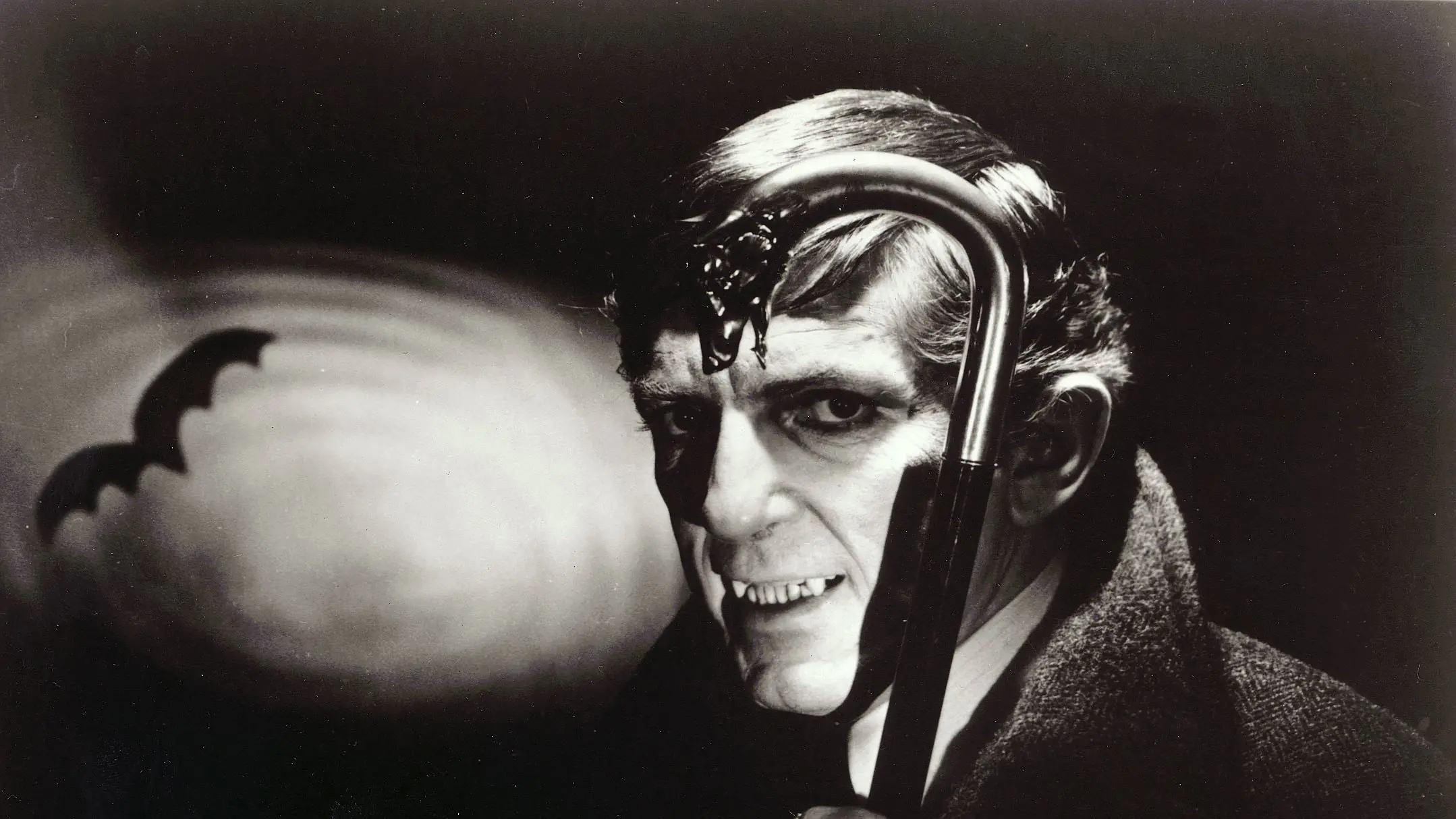
But the series itself did not initially focus on fantastical elements. It was a typical soap opera, with its only original feature being a gothic atmosphere. The series did not enjoy immediate success. Ghosts and other supernatural phenomena began appearing in the lives of the Collins family, but viewership continued to decline. It’s worth noting that Dark Shadows was the first soap opera with supernatural storylines to air during the so-called daytime slot. This resulted in an enormous number of episodes despite the series lasting only five years—exactly 1,225 half-hour episodes were produced, along with two feature-length films: House of Dark Shadows (1970) and Night of Dark Shadows (1971). After a rather sluggish first year, the creators, in one final burst of creativity, decided to introduce a new character—Barnabas Collins. Played by Jonathan Frid, the character debuted fully in the 210th episode and instantly captured the hearts of viewers. It is the story of Barnabas and his influence on the Collins family that is the most recognizable element of Dark Shadows and became the foundation of Tim Burton’s film version, where the brooding protagonist is played—unsurprisingly—by Johnny Depp.
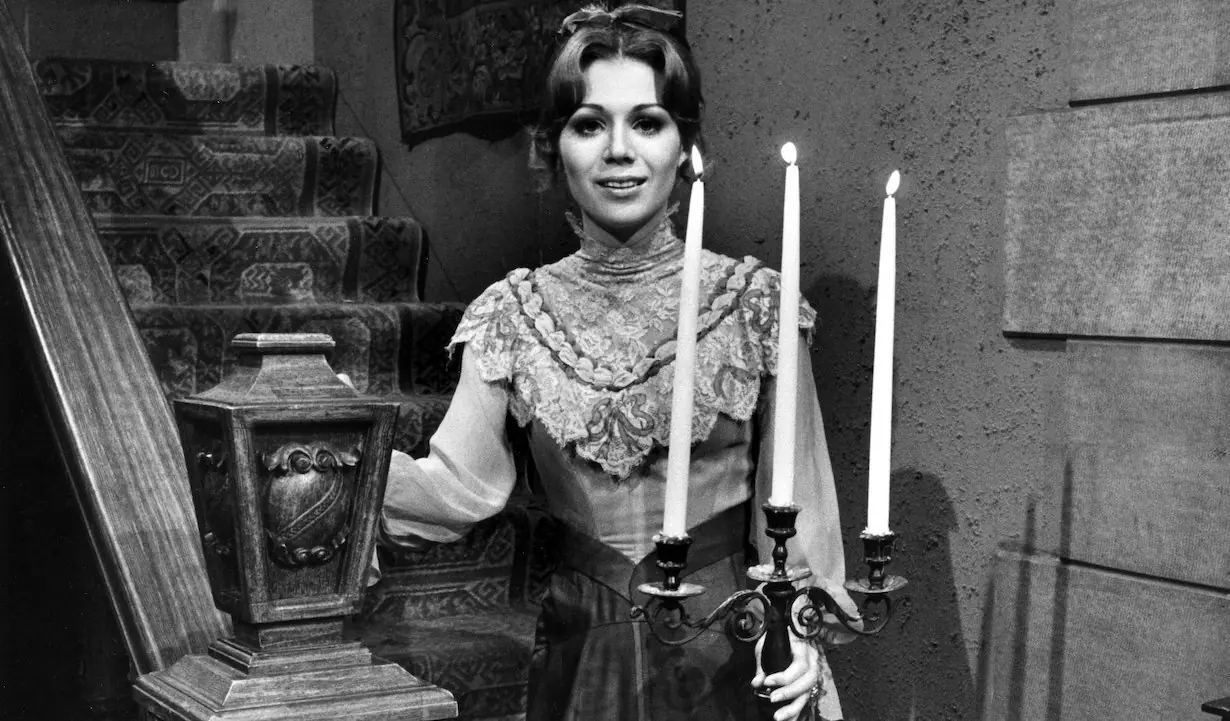
Barnabas was the heir to the Collins family’s vast fortune. Like most wealthy young men, his time was spent on romances and extravagance, until he met the love of his life—Josette du Pres. Carried away by passion, he decided to marry her. Unfortunately, Josette’s maid was Angelique Bouchard, a practitioner of black magic. Using her sorcery, she destroyed the love of the man she adored. When Barnabas discovered that Angelique was a witch, he tried to shoot her in a fit of rage. Severely wounded, she used her last strength to curse him. Bitten by a bat, Barnabas became an immortal vampire who, after a series of unfortunate events, ended up in a chained coffin in the family’s crypt. He remained there for nearly 200 years, only to be freed in 1967 by a gravedigger eager for wealth. Torn from his time, the vampire moved into Collinwood, posing as an English relative—his own descendant named… Barnabas.

And so began Frid’s four-year adventure with the series, during which he would encounter Angelique again, the ghost of his beloved Josette, as well as face new romances, bloodlust, time travel, and constantly save the Collins family from supernatural threats such as ghouls, ghosts, and werewolves. Interestingly, despite many limitations, Barnabas was an exceptionally well-developed character for his time. It was impossible to clearly define whether he was a positive figure. He often did terrifying things, usually blaming them on his curse. He inspired unease, yet he cared about his descendants. He was also entangled in the snares of love—a trait that has doomed many a hero. No wonder this is the character Burton chose to build his story around. Barnabas Collins brought terrifying gothic monsters out of the darkness of night straight into the afternoon hours—once reserved for handsome doctors and heartwarming family tales.
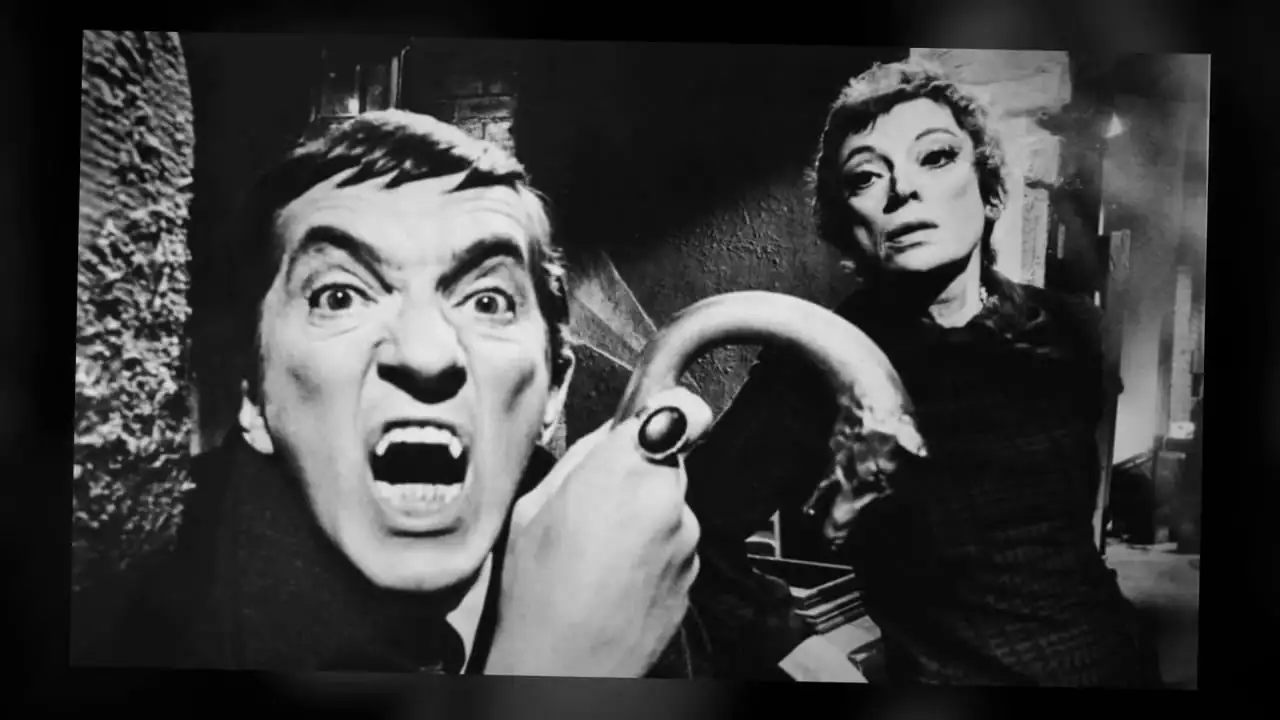
From a technical standpoint, the series suffered from many now-legendary shortcomings. Due to a very small budget and the need to film episodes continuously—saving film stock—almost all scenes were shot in one take, with no reshoots. For this reason, each episode is filled with actor flubs, continuity errors, crew members appearing on screen, and even visible microphones hanging above characters’ heads. To make matters worse, the action moved extremely slowly, and the soap opera format resulted in excessively convoluted relationships between characters. Things became even more confusing when science-fiction elements like time travel and alternate realities were introduced, making the already sprawling plot even harder to follow. The limited budget also required frugal use of sets, which is why most of the story took place in the Collinwood mansion—leading to dialogue being stretched to the limit just to keep characters in one location. All of this was adorned with theatrical acting, as many cast members came straight from the stage.
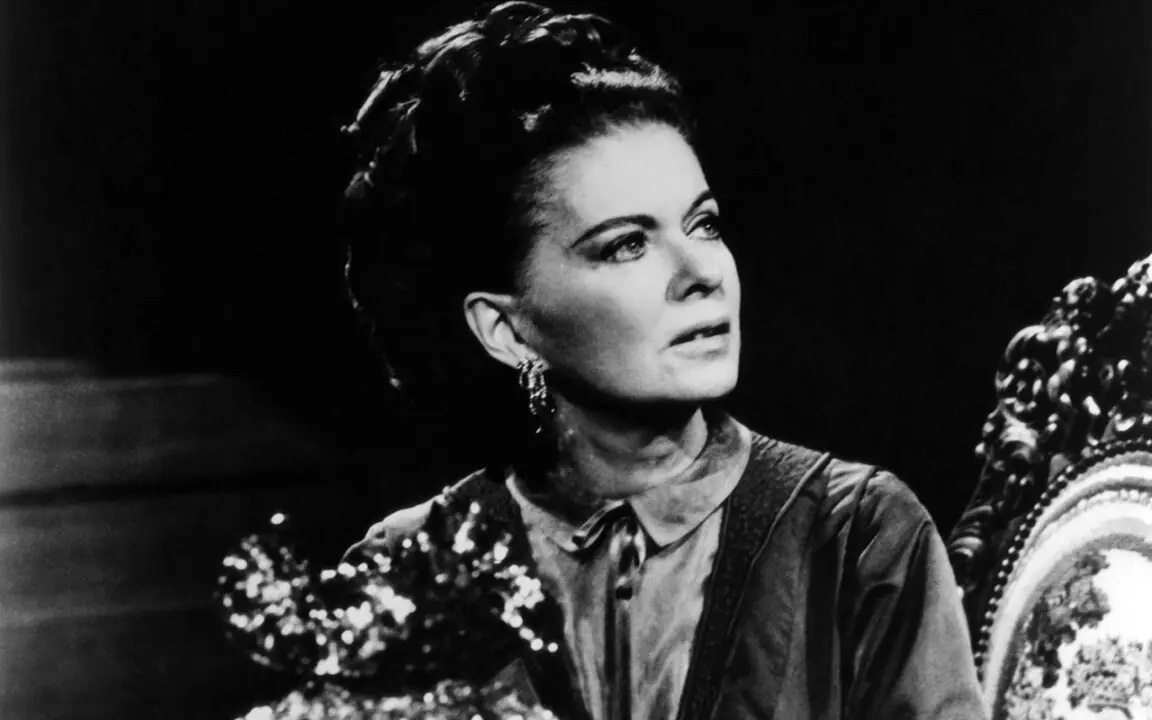
Despite these flaws, the series possessed one element that still sets it apart—an incredibly dense atmosphere of horror and uncertainty, which captivated the hearts of millions of American teenagers. It’s no coincidence that fans of the series include Johnny Depp and Michelle Pfeiffer. Tim Burton described the TV version of Dark Shadows in an MTV interview as follows: It’s hard to put into words what tone the show had. It was weirdly serious, but also funny—in a way that really wasn’t funny. We just had to find our own way to discover that tone. In 1971, Dark Shadows was taken off the air. Several factors contributed to this, including the high production costs—which were much lower for game shows that replaced it—the abundance of competing soap operas at the time, and simply a significant drop in viewership—despite a truly passionate fanbase that continued sending protest letters to the network long after the show ended.
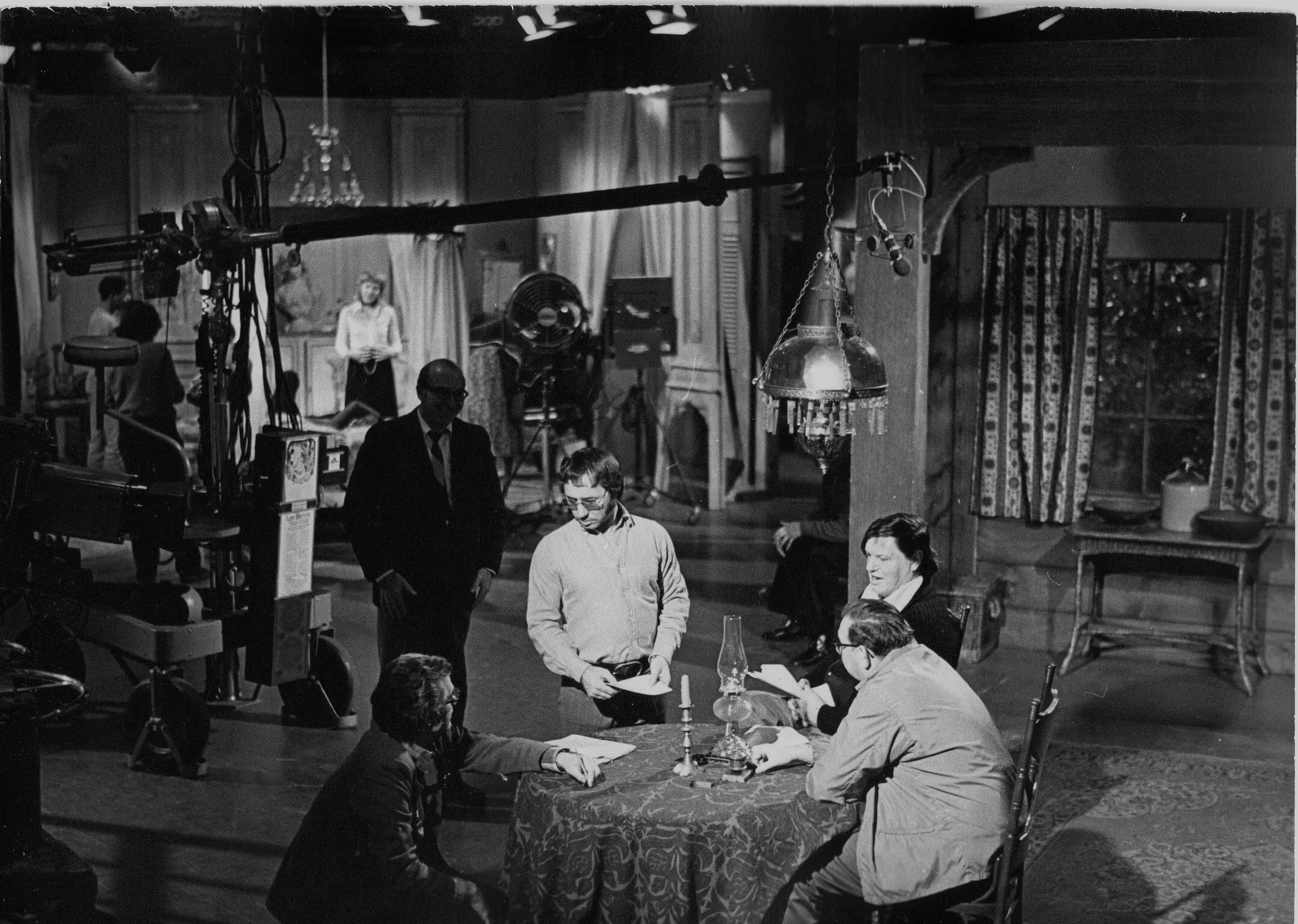
The series played a major role in the history of American television, bringing vampires and werewolves into the stiff world of soap operas—placing in their path problems faced not only by Abraham Van Helsing but also by the average John Smith. Attempts to revive the story of the Collins family were made in 1991, resulting in one season of a new version of the series, and again in 2004—which ended with an unaired pilot. It was only Tim Burton and his love for bizarre yet fascinating relics of the past that reignited interest in the old series. At this year’s Britannia Awards, Helena Bonham Carter said ironically about the upcoming film: It was a hilariously bad soap opera. And it’s precisely because it was so bad that [Tim Burton] decided to make a big and expensive movie.
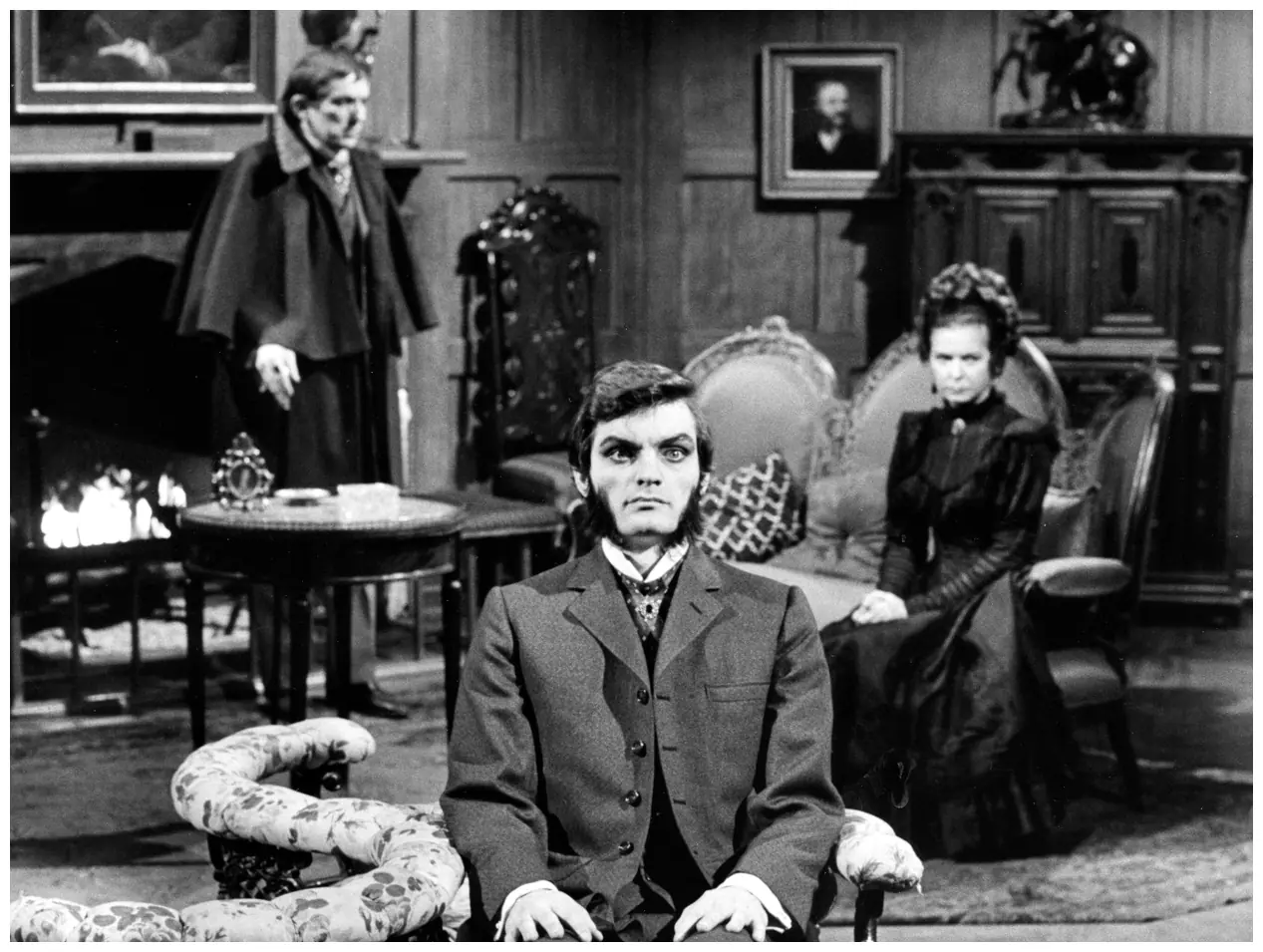
In a time when screens are flooded with vampires posing as bloody avengers, clad in black latex, or sparkling like diamonds, maybe we need the good old unpredictable Barnabas again—who simply wants, once more, to help the hapless Collins family and once and for all deal with the seductive yet sinister Angelique? The new life of the TV vampire looks very promising. Dynamite Entertainment has begun publishing a dark comic book series about Barnabas’s adventures, differing in tone from the soap-opera structure of the original. Could it be that classic monsters are about to rise again—and strike when we least expect it?

